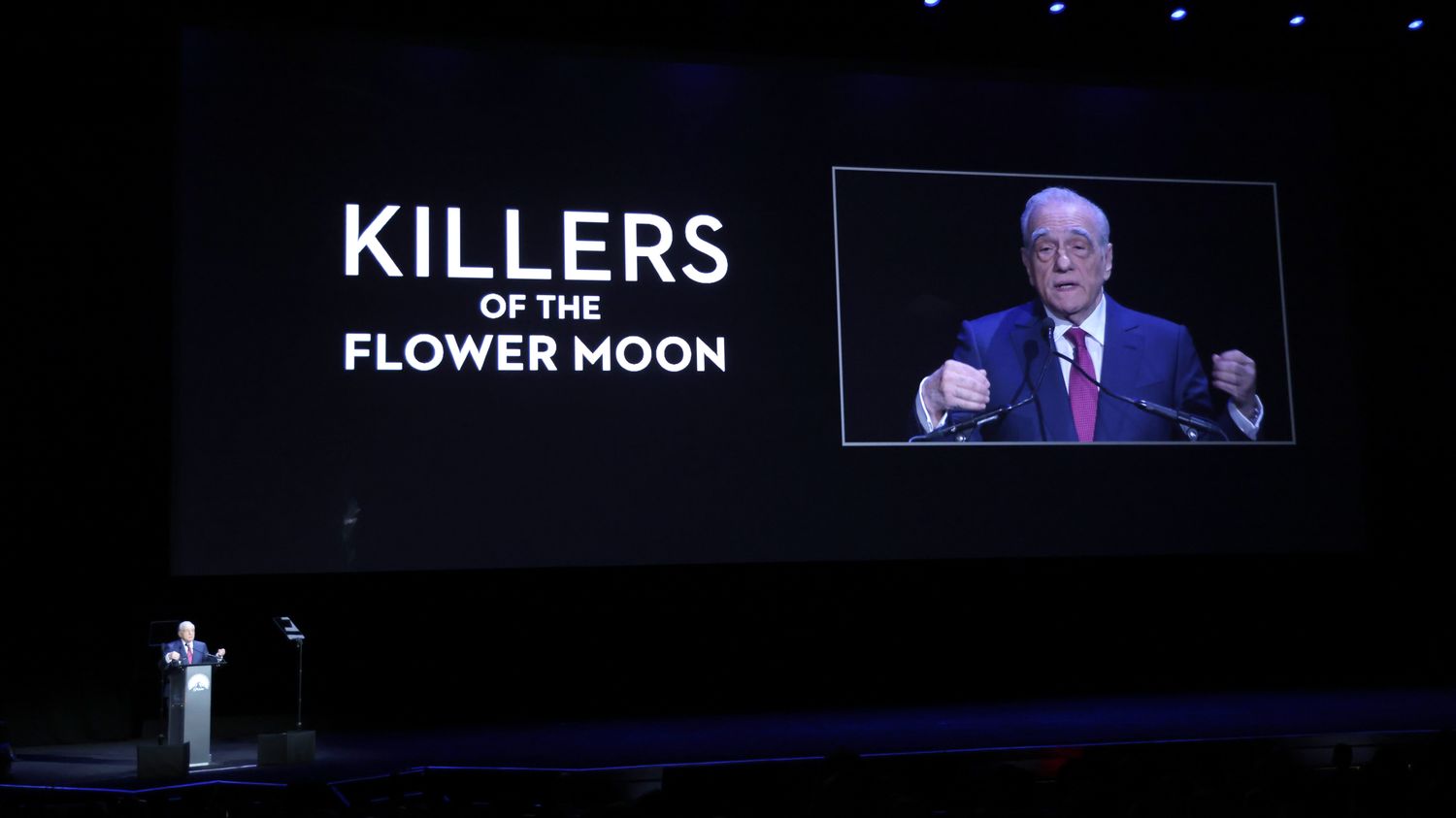Unlike Netflix, which is still resisting, Amazon and Apple have changed their minds about the theatrical releases of the films they produce, to the great satisfaction of the American cinema industry gathered at CinemaCon in Las Vegas.
The debate on the opportunity for platforms to broadcast their films in theaters before making them available to their subscribers now seems to be over. At least for Apple and Amazon, which now show many films in dark rooms before offering them on their platforms, a “commitment” widely praised by the Association of American Theater Operators. “I think their commitment to the cinematic experience is incredible,” says Michael O’Leary, new president of the National Association of Theater Owners, in an interview with AFP. “We can’t wait to see where this takes us.”
If the giant Netflix continues to produce films only for its platform, Apple made a different story heard this week at CinemaCon in Las Vegas. During this major trade show for the American industry, Sony and Paramount studios unveiled two major projects produced by the Apple firm: the Napoleon by Ridley Scott, and the dark western by Martin Scorsese Killers of the Flower Moon which will be screened at the Cannes Film Festival as a world premiere. Each will be entitled to a real theatrical release of several weeks before being available for streaming on Apple TV+.
The movie theatre, a guarantee of success for films on platforms
Enough to restore the morale of theater operators, after three difficult years marked by the pandemic. While the platforms fueled their race for content, and the studios gave up releasing their production in theaters, around 2,000 American cinemas went out of business. But since the full and complete reopening of the rooms, this era seems to be coming to an end.
Apple and Amazon each plan to spend a billion dollars a year on films intended first for the big screen, according to the specialized press. Jeff Bezos’ group has just granted Aira sports drama from Ben Affleck, a wide theatrical release, rather than offering it directly for streaming on Prime Video.
According to Michael O’Leary, tech giants recognize that films that go to theaters first have more success in streaming later. “People are aware of theater schedules and they are more likely to watch a movie on a streaming service that has been shown in theaters,” summarizes the leader, who will take office on Monday, May 1.
An argument put forward by the industry for years, but which infuses with delay. Meanwhile, the pandemic has offered a “crash course in whether or not a purely streaming-focused model would work”observes Michael O’Leary.
The Netflix Exception
In the streaming sector, the race for size and number of subscribers has also recently deflated. Investors are now demanding to pay more attention to the profitability of a film.”The market, but also Wall Street, recognize that you have to have the elements that allow you to make a profit”, says Michael O’Leary. “And the room is one of the places that allows you to collect it.”
So this year’s CinemaCon was dominated by this little music that cinemas are back. But all is not rosy for operators. Netflix continues to shun theaters for most of its films. The streaming giant alone spends around $17 billion on original content, far more than Amazon or Apple.
Some professionals were able to hope for a slight change in this strategy at the end of last year, when the juggernaut gave theatrical release to its detective film Glass Onion: a tale at loggerheads. But the feature film was only screened in 600 theaters for a week.“Disagree” with this all-streaming strategy, however, Michael O’Leary believes that Netflix’s choice is not “not a problem”. “Theatrical distribution is on the rise”he insists.
The largest cinema chains in the world, however, remain in difficulty: the British group Cineworld is currently in full restructuring, after filing for bankruptcy this fall, and the first chain of American cinemas, AMC, remains heavily in debt.
